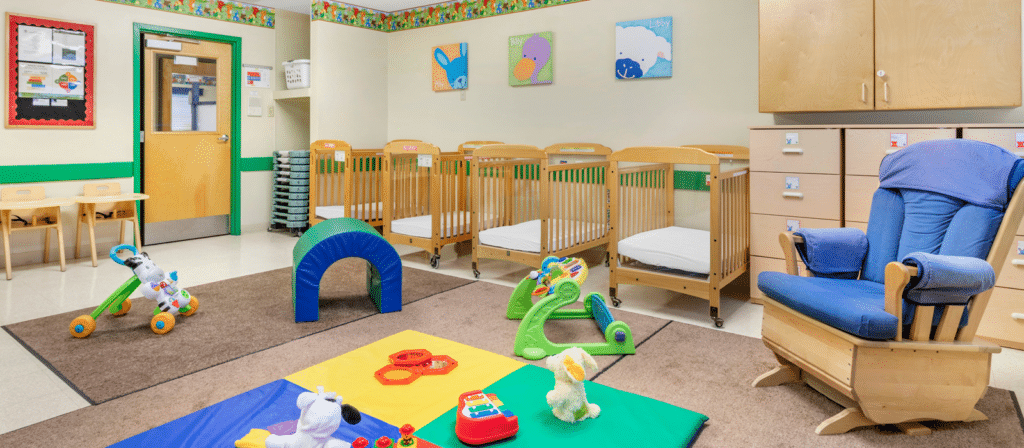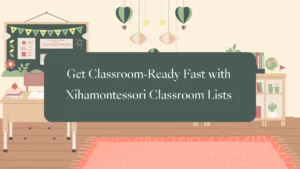Are you looking to create an inspiring and engaging art corner for your preschoolers? Discover the power of Montessori-inspired design and the role that carefully selected preschool furniture plays in fostering creativity, independence, and artistic exploration in young children.
Designing a Montessori-Inspired Art Corner with Preschool Furniture offers a space where children can unleash their creativity, explore various art mediums, and develop their artistic skills in a supportive and enriching environment.
Why is an art corner important in a preschool setting?
An art corner is a space where children can freely express themselves and explore their creativity. It provides them with opportunities to experiment with different materials, colors, and textures, helping to develop their fine motor skills and hand-eye coordination. Moreover, art activities can also enhance their cognitive, social, and emotional development. It encourages problem-solving, decision-making, and self-expression, while also fostering imagination and self-confidence.
What preschool furniture should be included in an art corner?
When designing an art corner, it is essential to choose preschool furniture that is both functional and child-friendly. Here are some key pieces that should be included:
- Art easel: An art easel provides a dedicated space for children to paint, draw, and create. Look for an easel that is adjustable in height to accommodate children of different ages and has a tray or storage space for art supplies.
- Child-sized tables and chairs: It is important to have child-sized tables and chairs in the art corner to promote comfort and independence. Opt for furniture that is sturdy, easy to clean, and preferably made of natural materials such as wood.
- Art storage: Having proper storage for art supplies is crucial to keep the art corner organized and accessible. Consider using open shelves or storage bins that are labeled and easily reachable for children.
- Display area: A display area allows children to showcase their artwork and feel a sense of pride in their creations. It can be as simple as a bulletin board or a designated wall space where artwork can be hung or displayed.

How to arrange the art corner for maximum engagement?
The arrangement of the art corner plays a significant role in maximizing children’s engagement and creativity. Here are some tips on how to arrange the art corner effectively:
- Accessibility: Ensure that art supplies are within easy reach of children. Place them on low shelves or in labeled bins that are easily accessible. This encourages independence and allows children to choose their materials freely.
- Organization: Keep the art corner well-organized and clutter-free. Use containers or trays to separate and store different art supplies, such as paints, brushes, markers, and paper. This makes it easier for children to find what they need and fosters a sense of responsibility in cleaning up after themselves.
- Inspiration: Display samples of artwork or pictures that can inspire children’s creativity. This could include famous paintings, nature photographs, or even their own artwork from previous projects. Seeing examples can spark their imagination and encourage them to try new techniques or explore different themes.
What art materials should be included in the art corner?
The choice of art materials is crucial in nurturing children’s creativity and sensory exploration. Here are some essential art materials that should be included in the art corner:
- Paints: Non-toxic, washable paints in a variety of colors allow children to experiment with mixing colors and creating different textures. Provide brushes of different sizes and encourage them to explore different painting techniques.
- Markers and crayons: Washable markers and crayons are ideal for younger children who are still developing their fine motor skills. They allow for precision and control while drawing or coloring.
- Collage materials: Include a variety of collage materials such as colored paper, tissue paper, fabric scraps, buttons, and beads. These materials can be used for creating collages, mosaics, or adding texture to artwork.
- Modeling clay: Modeling clay or playdough is a versatile material that allows children to sculpt and create three-dimensional artwork. It promotes hand-eye coordination and helps develop fine motor skills.
How to incorporate the Montessori philosophy in the art corner?
The Montessori philosophy emphasizes independence, freedom within limits, and respect for the child’s natural development. When designing a Montessori-inspired art corner, consider the following principles:
- Child-led exploration: Allow children to choose their art materials and projects based on their interests and abilities. Offer a variety of open-ended art activities that promote self-expression and creativity.
- Order and simplicity: Keep the art corner organized and visually appealing. Use simple, natural materials and avoid overwhelming the space with too many choices or distractions.
- Freedom of movement: Ensure that the art corner is spacious enough for children to move around comfortably. Arrange the furniture to allow for easy access and movement between different art stations.
- Respect for the process: Focus on the process of creating art rather than the end result. Encourage children to experiment, make mistakes, and learn from them. Provide positive feedback and praise their effort and creativity.
Designing a Montessori-inspired art corner with preschool furniture is a wonderful way to encourage creativity, self-expression, and cognitive development in young children. By carefully selecting child-friendly furniture, organizing art materials, and incorporating the principles of the Montessori philosophy, you can create a stimulating and engaging environment that fosters a love for art and learning.
Remember, the art corner should be a space where children feel inspired, empowered, and free to explore their imagination. So, let your creativity flow and create an art corner that will leave a lasting impression on the little artists in your care!












